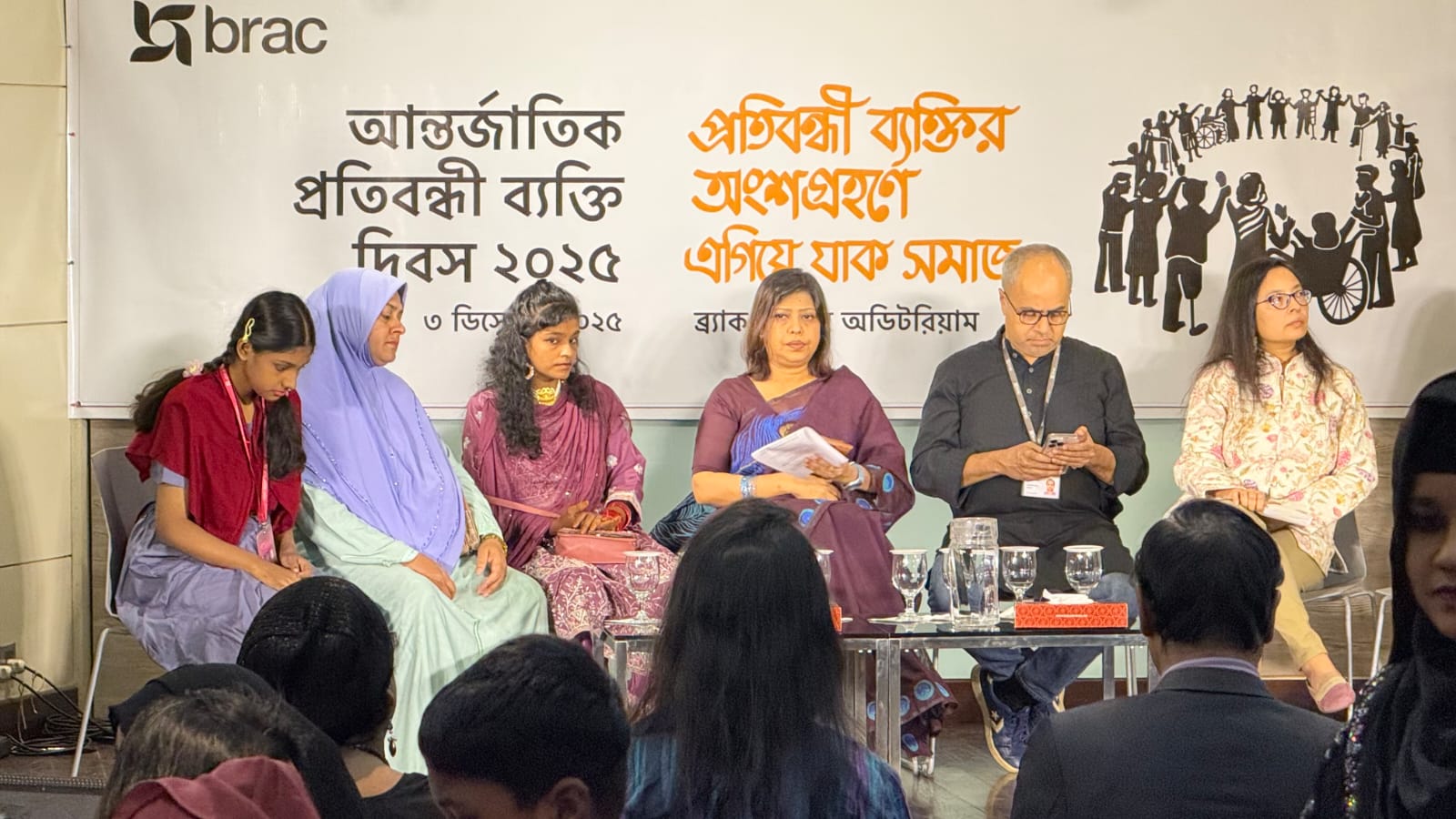Title: Will the trend of studying abroad change?

New possibilities for changing American higher education policy?
University leaders around the world are now looking for answers to one question: Has Donald Trump’s tougher higher education policies presented them with an opportunity? US President Trump has cut off funding to universities with which he has had disagreements. He has also suspended visa interviews for foreign students, making admission to US universities uncertain.
Many talented students from India have been going to America for many years. More than 60 percent of the top 100 students from the renowned Indian Institutes of Technology (IITs) go to study abroad, mainly in America. Currently, about one-third of international students in America are Indians.
But a study says that due to Trump’s new policy, applications from Indian students could drop by up to 25 percent in the next academic year. India could use this opportunity to prevent ‘brain drain’ or intellectual property trafficking if it wants.
Challenges and prospects of Indian universities
In theory, India’s top universities are competitive in many ways. Getting into Harvard is relatively easy: while the acceptance rate at America’s Ivy League universities is 3-9 percent, it’s just 0.2 percent at India’s top institutions. A large portion of the world’s university-ready youth live in India. English proficiency also puts Indian students ahead.
But in reality, no Indian university has yet made it to the international top 100. While China entered the list just a decade ago, it now has the highest number of universities in many rankings.
Financial constraints and lack of research
India’s biggest challenge is finance. Over the past decade, the country has spent only 4.1 to 4.6 percent of its GDP on education. China spends a similar proportion, but its per capita income is five times that of India. With that money, China has built a competitive position in the world by generous research grants, bonuses and benefits for returning researchers. India has not yet followed that path.
Lack of freedom of research
Another major problem in India is the lack of academic freedom. Universities follow a government-set curriculum and are closely monitored by the University Grants Commission. Researchers must seek permission from government ministries to organize international conferences or travel abroad. Recruitment in government universities is also subject to political influence.
A 2024 report by the international organization ‘Scholars at Risk’ and the Swedish research organization V-Dem said that India’s academic freedom index has fallen to its lowest level since the 1940s and the country is now in the ‘completely restricted’ category.
An Indian political scientist, currently working in America, says that teaching the same syllabus he used to teach in India could get him arrested in his home country.
Reform efforts and obstacles
An initiative called “Institutions of Eminence” was launched in 2017 to give promising universities more autonomy and financial support. But not enough candidate universities were found. Later, the “National Education Policy” of 2020 recommended reducing government interference in university boards and senior positions. But implementation of this policy has been slow and has faced political opposition.
The proposal to make Hindi the medium of instruction, especially in central universities, instead of English, has faced opposition from many states, which could put Indian universities behind in international competition.

The individual sector can be the light of hope for the future
India’s greatest potential lies in the rise of private universities. Two decades ago, there were fewer than 20 of them, but today there are more than 400—a quarter of all higher education.
These universities, built with investment from big industrial groups, are also hiring foreign professors. Soumen Chatterjee, an academic at Jawaharlal Nehru University, believes that these private universities will surpass government institutions in the future because they have more freedom.
These private institutions are able to recruit talented teachers in their own way, free from the political interference, quotas, and mandatory policies of the government recruitment system. If the government supports these institutions by giving them freedom, there will be a chance to improve India’s university rankings.
























